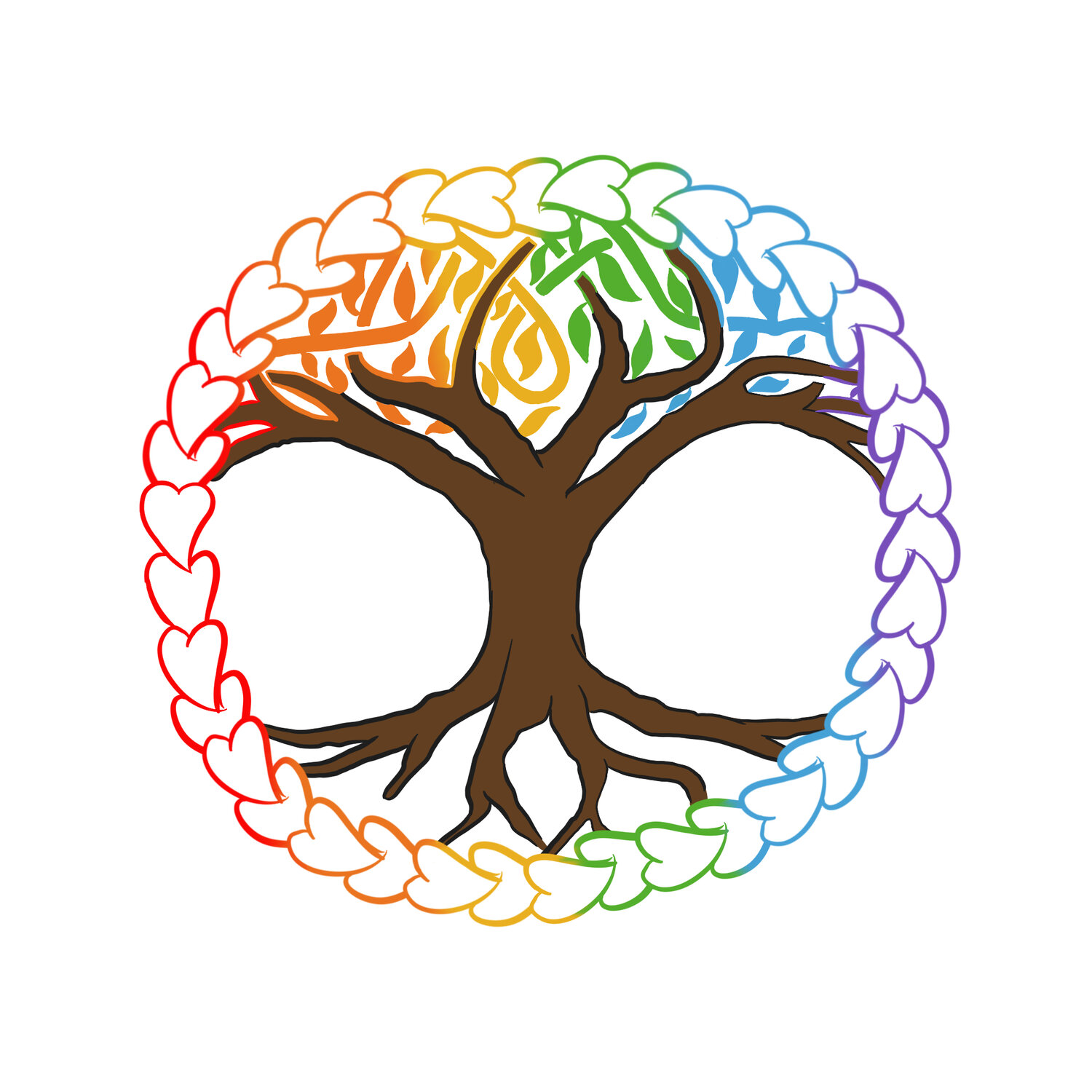HELPING YOUR CHILD WITH ANXIETY
I have had requests from parents who would like some help understanding CBT principles for helping their children with anxiety. For those unfamiliar, “anxiety” refers to what many kids that I talk to refer to as the “worries.” Caregivers may know that their child has anxiety if the kid has fears that seem excessive for their age and development levels, if they often worry about things that they have no control over and seem unrealistic, if they often have upset stomachs, or if they avoid situations or cannot leave a caregiver’s side. There are a lot of ways that anxiety can manifest, it is good to validate their emotions while working to alter their thoughts and behaviors, and this is the basis of Cognitive Behavioral Therapy (CBT).
Here is the CBT Triangle:
You can use this triangle in countless ways, but here I will describe it in terms of a child’s anxiety. The theory behind the triangle is that Emotions, Thoughts, and Behaviors feed into each other and that we can stop the progression by altering thoughts or behaviors. I find this approach very helpful with children and I often use this technique with children who are on the Autism Spectrum as it helps to explain feelings, thoughts, and actions in more concrete ways than those which may have previously felt confusing and overwhelming.
Example: Billy’s parents are recently divorced, and his mom reports that Billy can’t do anything without her: go to school, sleep, etc. and Mom has started to get frustrated. When she has asked Billy about why he cries so much when she drops him off at school he states that he is afraid that she could get in a car crash or be attacked by bank robbers. Billy’s mom tells Billy that he is being silly and nothing will happen to her, but Billy cries harder. Billy’s mom leaves him at the school, and they both spend the day feeling terrible.
So, using the CBT Triangle we can separate Billy’s thoughts, emotions, and behavior to see what is going on. Billy is feeling anxious and sad, thinks that something tragic could happen to his mother, and he clamps onto her leg. The most important aspect of the triangle is that the pieces are all connected. Therefore, when he clamps onto his mom’s leg, she tries to pull him off, which makes him feel more anxious and panicked, he starts to cry, he begins thinking thoughts of abandonment, and everything escalates–I generally describe this as “spiraling out of control.”
This is where we can help guide the child by acknowledging the emotions at work here and assisting in alternative thoughts and/or behaviors. Billy’s mom could have said, “Billy, I know that you are sad to leave me and go to school. I get sad when we aren’t together too. And, it sounds like you are really worried about what will happen to me when we are not together. It is okay to be sad and nervous, but it is not okay to not go to school. What can we do so that you feel okay about going to school, and me going to work?” Now that the conversation has been opened to problem solving, Billy can assist in Collaborative and Proactive Solutions. If a child’s emotions are not validated then they will expend a lot of behavioral energy working to get the caregiver to acknowledge what they are feeling.


